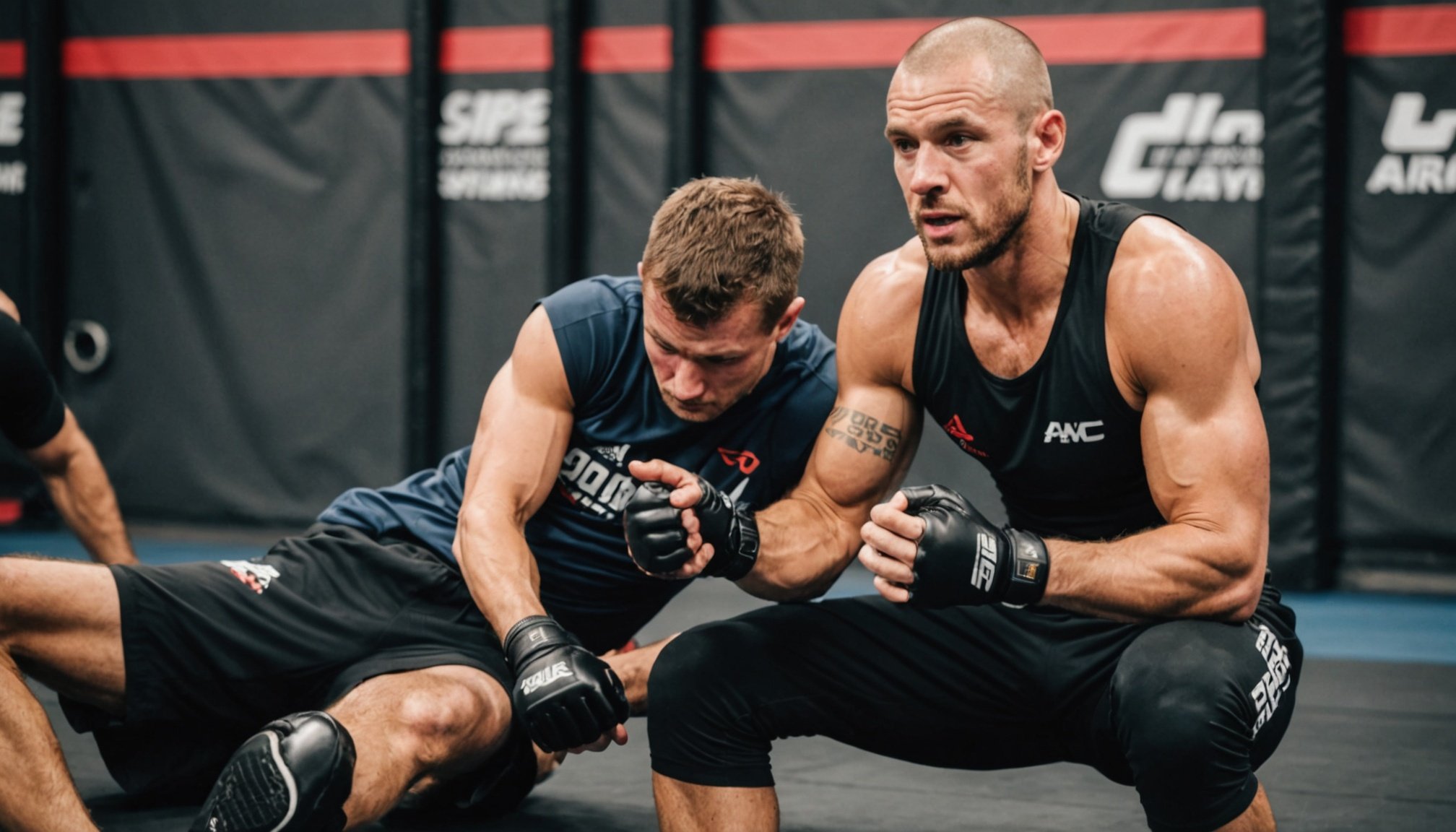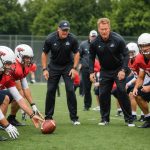Understanding Heart Rate Variability
Heart Rate Variability (HRV) is a measure of the variation in time between consecutive heartbeats. It reflects the heart’s ability to respond to physiological and environmental stimuli. The scientific basis of HRV lies in the autonomic nervous system, which regulates heart rate through its sympathetic and parasympathetic branches. A higher HRV indicates a balance and healthy autonomic function, while a lower HRV can suggest stress or poor recovery.
The importance of HRV in athletic performance and recovery is profound. HRV is a valuable tool for assessing an athlete’s readiness for training, guiding them on when to push the limits or rest. For athletes, particularly in demanding sports, monitoring HRV can enhance performance by preventing overtraining and optimising recovery.
Also to see : Harnessing mindfulness for peak performance: elevating uk combat sports athletes” competitive edge
When examining combat sports athletes, differences in HRV may arise due to the unique demands and styles of each discipline. For instance, the high-intensity bouts in boxing might result in different HRV patterns compared to the more endurance-based grappling sports like judo. Understanding these differences can aid in tailoring recovery and training schedules specific to the needs of the athlete, ultimately boosting performance and preventing injuries.
The Role of HRV in Recovery
In the realm of physiological recovery, Heart Rate Variability (HRV) emerges as a critical indicator. HRV relates directly to stress and recovery dynamics, offering a window into the autonomic nervous system balance. Simply put, a higher HRV indicates a greater capacity for adaptation and resilience, fostering efficient recovery strategies. Conversely, a lower HRV often correlates with increased stress levels, reducing recovery effectiveness.
This might interest you : Mastering tactical brilliance: innovative strategies for uk kickboxers to boost match performance
Understanding this dynamic is crucial for athletes and individuals focusing on optimal performance. High HRV generally reflects well-maintained physiological recovery, contributing positively to performance metrics. It suggests that the body is in a state capable of taking on stress and recovering efficiently. In contrast, low HRV can serve as an early warning sign for potential overtraining syndromes. This condition may arise when recovery strategies are insufficient, leading to decreased performance and increased risk of injury.
Employing HRV monitoring can offer tangible benefits. By regularly tracking HRV, individuals can adjust their training loads and recovery practices, ensuring they stay within optimal stress-recovery balance. Thus, HRV doesn’t just reflect current health status but actively contributes to maintaining and optimising overall recovery dynamics and performance.
Measuring HRV: Tools and Techniques
Understanding heart rate variability (HRV) can offer valuable insights for both athletes and fitness enthusiasts aiming at optimal performance and recovery. Thanks to advancements in fitness technology, various devices and apps are now available for HRV measurement.
Wearable tech like smartwatches, chest straps, and even smartphone apps can track HRV by measuring the time difference between heartbeats. Popular devices like the Whoop Strap and Oura Ring are praised for their precision and ease of use. These devices not only help you monitor your recovery but also enable you to interpret HRV data for making informed training decisions.
Best Practices
Accurate HRV measurement requires consistency. Always measure HRV at the same time each day, ideally in the morning. This minimizes variables that can affect readings, such as stress or caffeine intake. Use the same device consistently to ensure data reliability.
Interpreting HRV Data
Interpreting HRV data correctly can maximize training benefits. Higher variability generally indicates better cardiovascular health and fitness level. However, low HRV isn’t always negative and can be normal during intense training phases. Understanding fluctuations requires taking into account personal health factors and external stressors. By aligning HRV insights with training programs, athletes can enhance their recovery monitoring and optimize performance.
Practical Applications of HRV in Combat Sports
Heart Rate Variability (HRV) offers valuable insights that can shape combat sports training. By implementing HRV data into training regimens, athletes can enhance their performance and recovery. Understanding and applying HRV guidelines allows trainers and athletes to track the body’s physiological state. Monitoring HRV can guide decisions on whether to adjust the intensity or duration of workouts.
Using HRV to Enhance Performance
Performance enhancement in combat sports relies on an athlete’s ability to recover effectively while optimizing training loads. HRV readings indicate if an athlete is under-recovered, suggesting the need for rest. For instance, if the HRV level is below the athlete’s baseline, it might be wise to focus on rest or light exercises.
Tailored Recovery Strategies
Tailoring recovery strategies based on HRV ensures athletes recover adequately, reducing injury risks. When HRV signals excessive fatigue, incorporating restorative techniques, like meditation or wellness therapies, can be effective.
Case Studies in the UK
Case studies of UK athletes highlight successful HRV application. For example, a top-tier combat sports athlete used HRV tracking to avoid overtraining, resulting in improved performance and reduced injury frequency. These successful implementations underscore the practical benefits of HRV in combat sports training, reinforcing its value in achieving long-term athletic success.
Local Resources and Community Insights
In the realm of UK Combat Sports, understanding Heart Rate Variability (HRV) has become crucial for optimizing athletes’ recovery processes. UK-based sports organizations have increasingly incorporated HRV into their training regimens. For instance, organizations like Sport England and British Martial Arts & Boxing Association promote the use of HRV to enhance performance and reduce recovery time. These entities advocate for evidence-based approaches that align with athletes’ needs.
Local HRV studies play a pivotal role in advancing this understanding. Research conducted within the UK has shed light on the correlation between HRV, physiological stress, and recovery among athletes. These studies highlight how variations in HRV can predict the onset of fatigue and potential injuries, enabling targeted interventions.
Athlete networks offer a platform for sharing HRV experiences and strategies. Social media groups and forums, such as UK-based athlete communities, provide spaces for individuals to exchange insights about HRV monitoring devices and recovery techniques. These networks facilitate the dissemination of practical advice and foster a supportive environment for athletes aiming to leverage HRV for better performance.
In summary, the UK’s combat sports sector is pioneering the integration of HRV into training and recovery, backed by localized research and thriving athlete networks.











